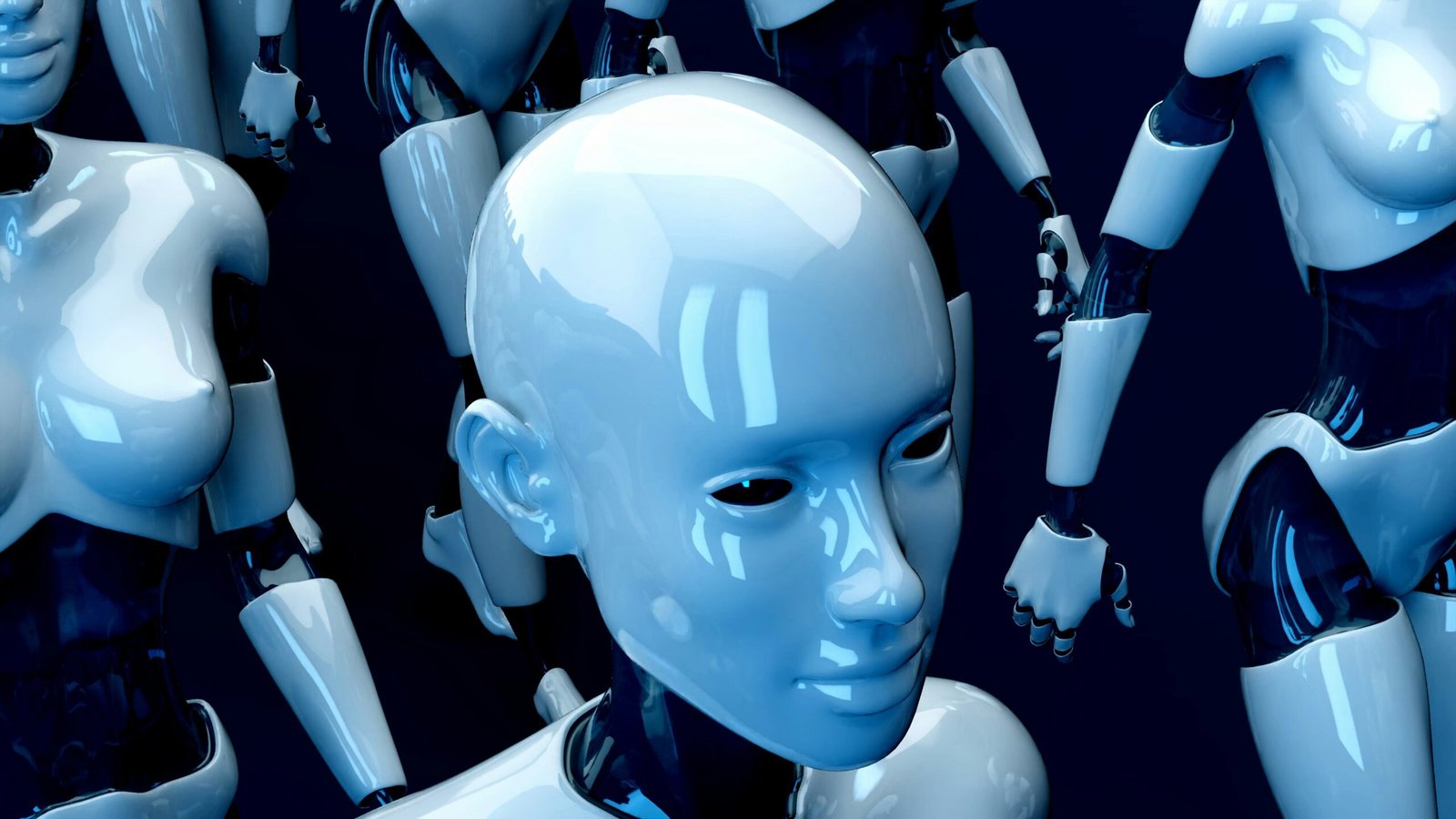Harmonizing Humans & Bots: The Future of Bot‑Driven Development
From GitHub bots that manage pull requests to AI agents that generate entire apps, we’re entering an era where bots aren’t just tools—they’re teammates. The next frontier in software development isn’t just human-centric; it’s human-bot symbiosis.
🔍 Introduction: The Rise of Bots in Software Development
Bot-driven development is no longer hypothetical.
In 2025, autonomous bots are:
- Reviewing code
- Writing documentation
- Deploying apps
- Monitoring uptime
- Fixing security vulnerabilities
- Even talking to stakeholders via natural language
These aren’t just scripts or cron jobs. They are cognitive, interactive agents—powered by LLMs, API integrations, and intent-driven logic.
⚙️ What Is Bot‑Driven Development?
Bot-driven development refers to the use of intelligent agents or bots that assist—or even autonomously perform—key functions in the software lifecycle.
It includes:
- LLM-powered coding agents (e.g., Devin, GPT-4o agents)
- CI/CD automation bots (e.g., GitHub Actions, Jenkins bots)
- Security bots (e.g., Dependabot, Snyk)
- Code review/commenting bots
- Deployment/monitoring agents (e.g., Datadog, Prometheus AIOps)
🔄 Beyond Automation
Unlike traditional automation, bot-driven development is:
- Context-aware
- Conversational
- Self-improving
- Decision-capable
👥 Human-Bot Teams: The New Norm
| Task | Human | Bot |
|---|---|---|
| Architecture | ✔️ | ❌ |
| Writing boilerplate | 🟡 | ✔️ |
| Code reviews | 🟡 | ✔️ |
| Refactoring | 🟡 | ✔️ |
| Security alerts | 🟡 | ✔️ |
| Feature planning | ✔️ | ❌ |
| Debugging | 🟡 | 🟡 |
| DevOps / CI/CD | 🟡 | ✔️ |
🧰 Types of Dev Bots You’ll Meet in 2025
1. Coding Agents
- Write and refactor code
- Integrate APIs
- Generate tests
- Examples: Devin, Replit AI, Smol AI
2. Code Review Bots
- Suggest improvements, check for style, highlight bugs
- Examples: ReviewBot, Codacy, GPT-based PR reviewers
3. Security Bots
- Scan for vulnerabilities, manage secrets
- Examples: Dependabot, GitGuardian
4. DevOps Bots
- Deploy, monitor, rollback apps
- Examples: Ansible bots, custom SlackOps agents
5. Documentation & UX Bots
- Write README files, generate OpenAPI specs, translate interfaces
- Examples: DocGPT, Swimm, Mintlify
📈 Benefits of Bot‑Driven Development
✅ Speed & Efficiency
Bots reduce time to ship by handling the repetitive, low-level work.
✅ Consistency
Enforce standards and reduce human oversight errors.
✅ Always-On Support
Bots don’t sleep—they can monitor logs and rollback failures 24/7.
✅ Scalability
Easier to scale dev workflows without scaling headcount.
✅ Enhanced Developer Experience
Free developers from grunt work and restore creativity and focus.
⚠️ Risks and Tradeoffs
| Risk | Description |
|---|---|
| Overtrust | Blindly merging bot-generated code without review can backfire. |
| Security | Bots with deployment permissions can be attack vectors. |
| Noise | Poorly tuned bots can spam irrelevant feedback or break pipelines. |
| Accountability | Who owns mistakes made by autonomous bots? |
| Skill Degradation | Over-reliance may erode fundamental skills, especially in junior devs. |
🧠 Best Practices for Human-Bot Harmony
🧩 1. Design “Human-in-the-Loop” Workflows
Bots shouldn’t replace human judgment—just accelerate it.
🔍 2. Assign Permissions Carefully
Use principle of least privilege. Every bot shouldn’t have full repo or infra access.
🧪 3. Test Bot Behavior Like Code
Write tests for bot actions, especially in CI/CD and security contexts.
📣 4. Educate Your Team
Train devs on how bots work, how to override them, and how to customize behavior.
📓 5. Keep Audit Logs
Log all bot decisions, actions, and interventions—especially in production environments.
🧬 The Future: Bots as Teammates, Not Tools
Imagine a Slack channel where:
- A product owner messages: “Hey bot, can you check if this bug has appeared in the last 7 days?”
- The bot searches logs, checks open tickets, summarizes context, and even suggests a fix.
This is already happening. Soon, bots will:
- Join sprint planning meetings
- Participate in standups
- Generate code reports and retrospectives
- Even interview users via AI and relay feedback to devs
🧭 Final Thoughts: Collaborate, Don’t Compete
The rise of bots doesn’t spell the end of the developer—it elevates them.
- Junior devs can ship like seniors
- Seniors can lead like CTOs
- Dev teams can scale without bloat
- Code quality improves—even with fewer engineers
✅ TL;DR – Bot‑Driven Development
| Topic | Summary |
|---|---|
| Definition | Software development enhanced or automated by intelligent bots |
| Bots Do | Coding, reviewing, testing, monitoring, deploying |
| Benefits | Speed, scale, consistency, lower overhead |
| Risks | Overtrust, bot sprawl, lack of accountability |
| Best Practices | Human-in-the-loop design, audits, bot governance |
| Future | Bots as collaborative team members with real decision-making roles |








